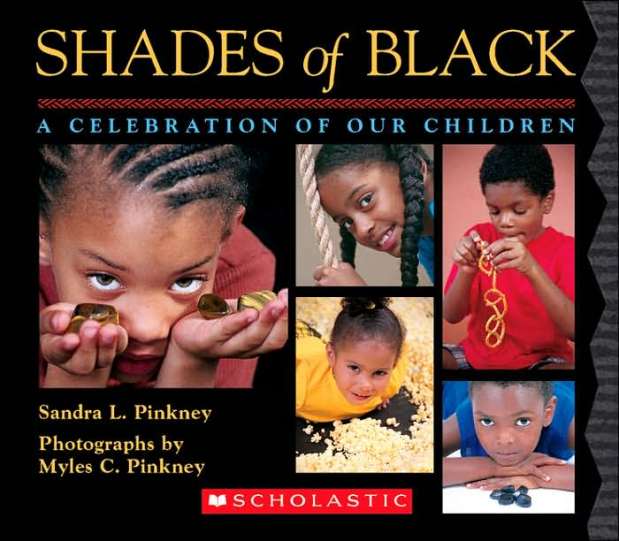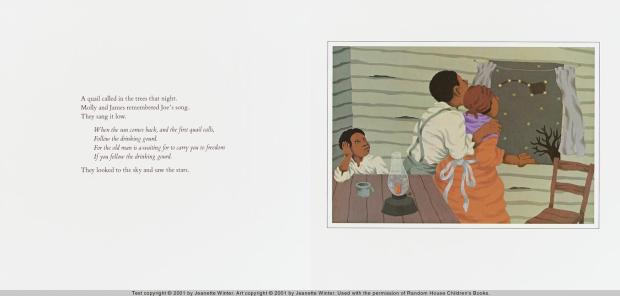
Image Credit: Lee & Low Books Inc., Andrea J. Loney/Keith Mallett
I’m so last minute this year, y’all! But bear with me…It’s still Black History Month and I got a post for you… 😀
~*~
Another year, another Black History Month, another influential black soul to celebrate. I’m currently basking in the glory of the smash hit film Black Panther. All the black excellence in that film reminded me of another Black Creative who made it his life’s work to represent black excellence through photography.
James VanDerZee made black people look
Glamorous. Regal. Distinguished
at a time when black photography was very static. VanDerZee made it his business to show Black People Shining.
Take a Picture of Me, James VanDerZee! is one of my favorite non-fiction picture books of 2017. In it, we follow young VanDerZee from boyhood to his elderly years. Born into a middle class black family in Lenox, Massachussetts, he was frustrated as a child by his inability to capture fine details and accuracy when drawing people. When he discovered photography, he became fascinated and worked diligently to get his own camera (becoming only the second person in his town to have one)! VanDerZee, always a people person, had natural talent and worked to make his subjects feel comfortable; he wanted to make people look AND feel good while in his studio. At age 18, VanDerZee moved to bustling and vibrant Black Harlem, where he soared as a young artist. He’d later start his own studio where he’d photograph middle class Black Harlem as well as dignitaries, celebrities and athletes. VanDerZee is famous for his high level of skill in retouching (essentially early Photoshop) and photomontage.













